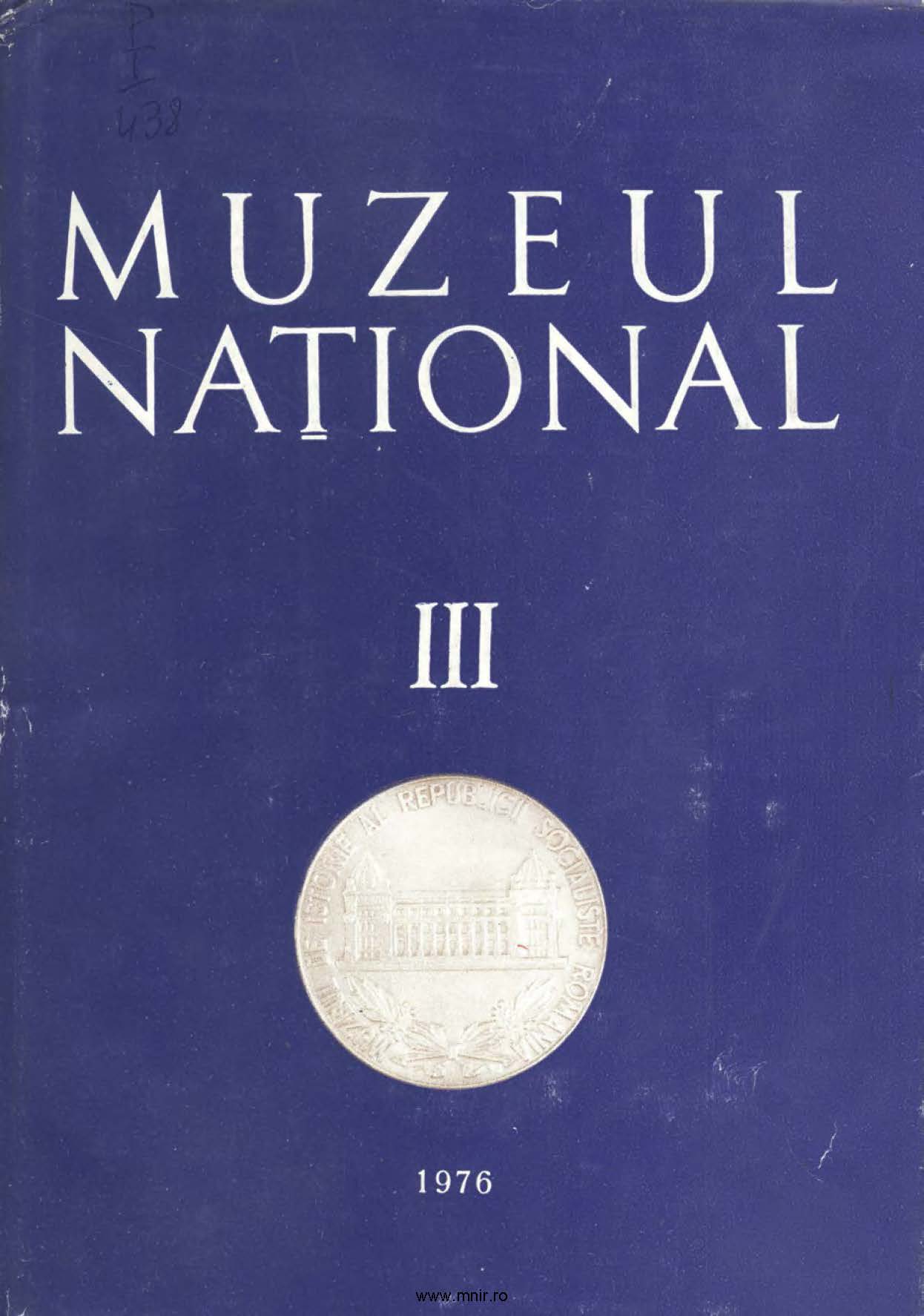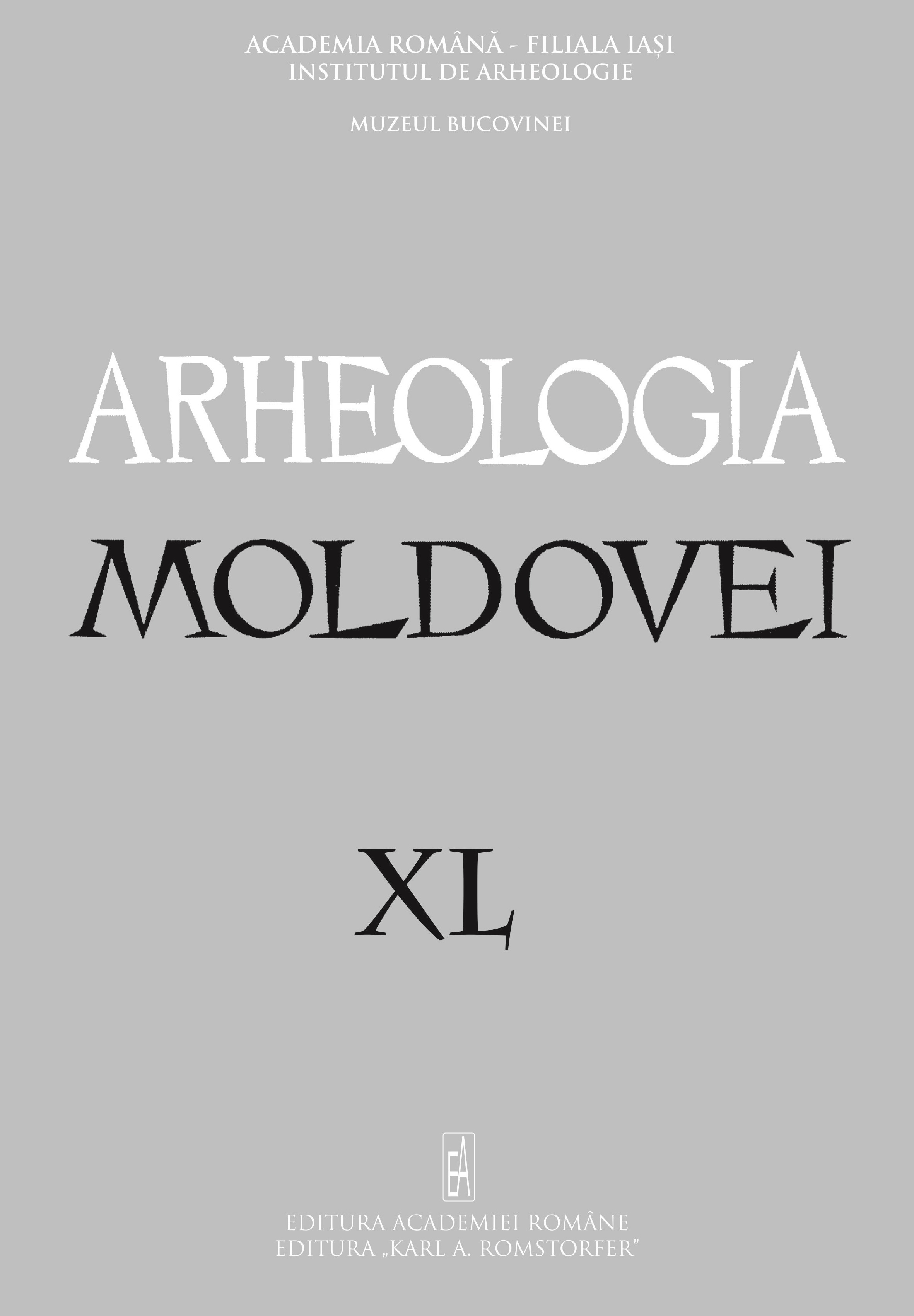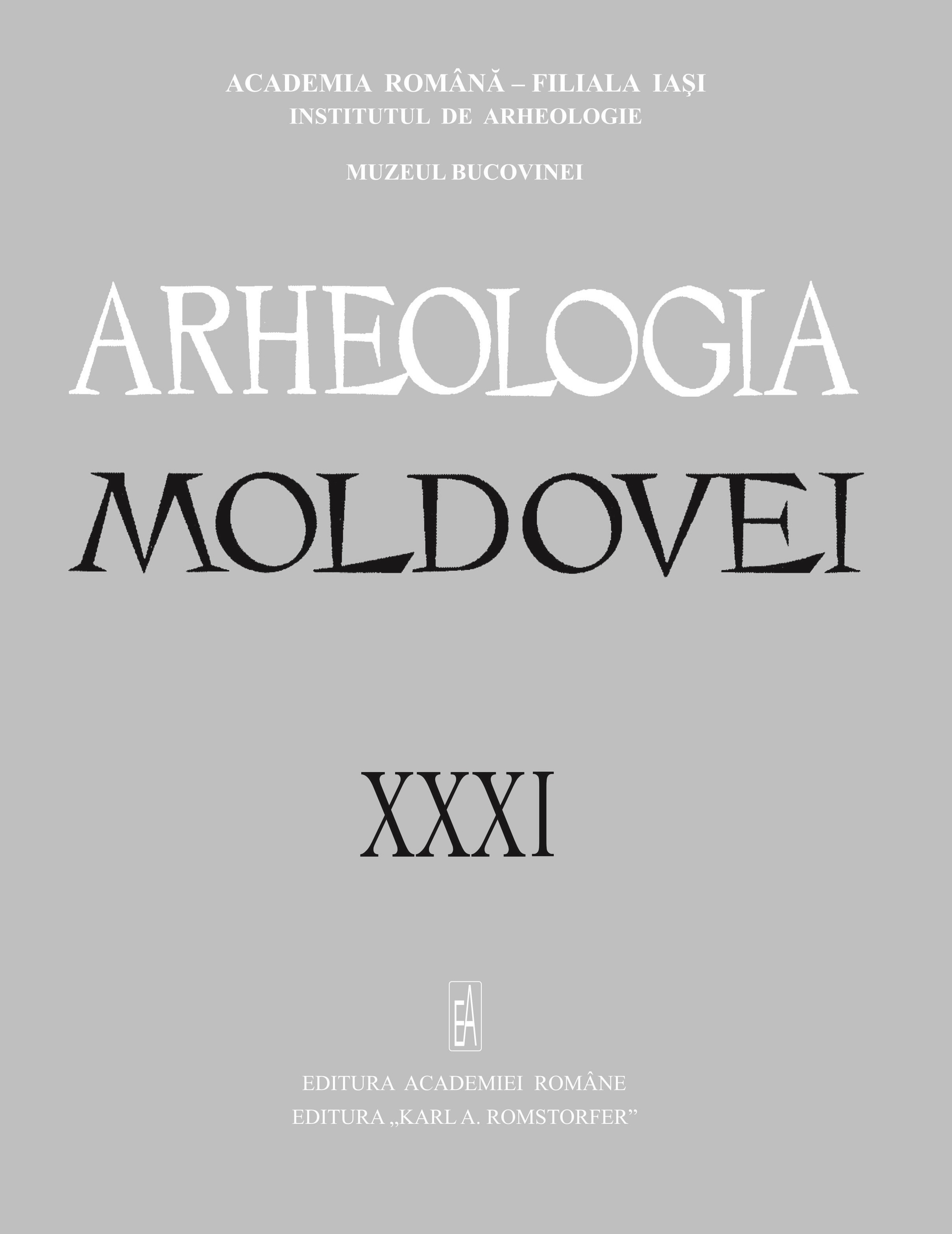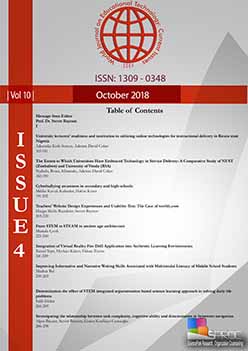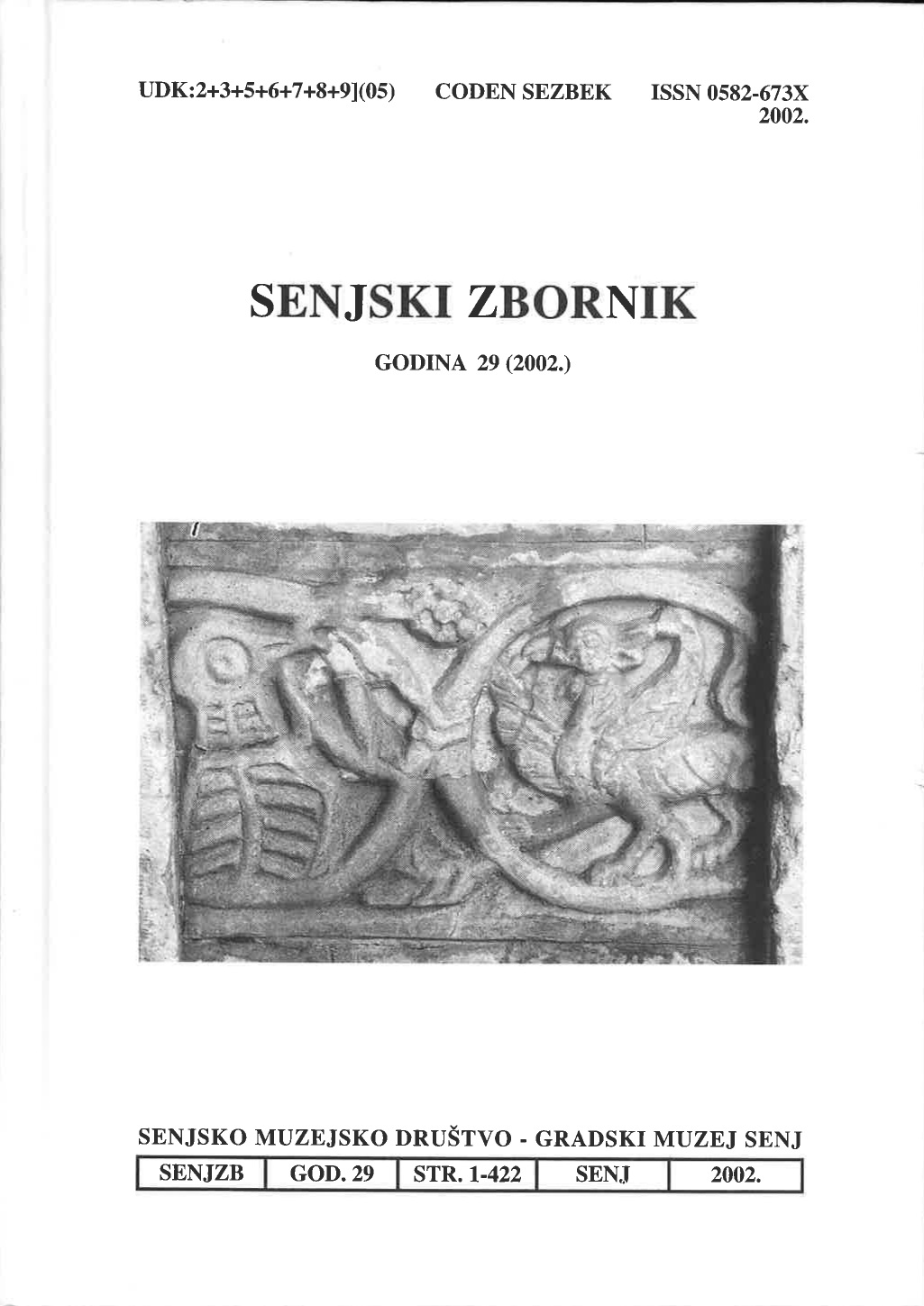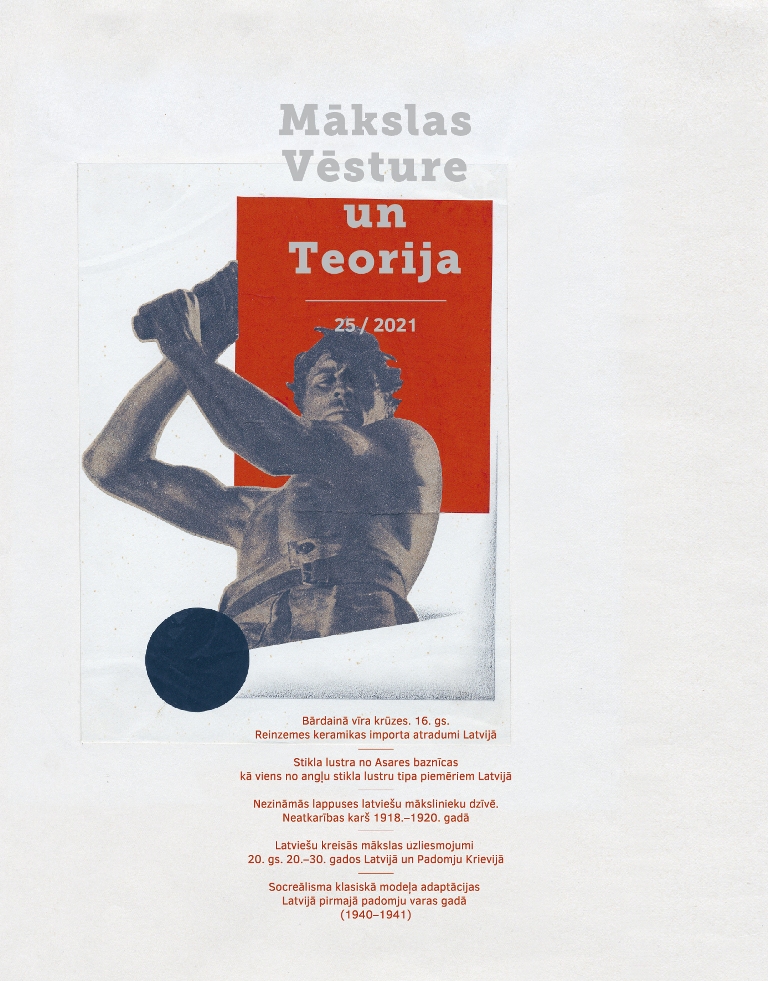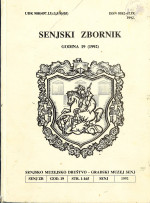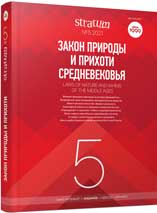Author(s): Andrii Boiko-Haharin / Language(s): Ukrainian
Issue: 4/2020
The need of study of the aspect of money counterfeiting in Russian empire for a long time went beyond the views of numismatists. The aim of the study in this article is to introduce into the scientific circulation of the counterfeits of the circulation coins of the time of the Russian Empire, which are stored in the collection of the sector of numismatics, phaleristics, medallions and bonistics of the National Museum of Ukrainian history (NMUH), indicating the history of their receipt and the attempt to localize their manufacture. We were able to detect the previous study and publish the examples of the forgeries of coins and paper money of that time from the museum collections of the Odessa Archaeological Museum, the Museum of Kyiv History, the National historic-ethnographic reservation of «Pereyaslav», as well as in the collections of foreign museums: the Hermitage Museum in St. Petersburg, the National museum of history of the Republic of Belarus in Minsk and the Museum of the National Bank of Lithuania in Vilnius. Research methodology. Scientific knowledge of the processes of counterfeiting is not limited only to the list of facts of counterfeiting, which is typical of most works devoted to this topic. Illustrative, metrological, and iconographic methods were used in the process of studying the specimens of the fakes of the time in the museum collection. Additional data were used to thoroughly investigate counterfeit coins by photographing them and measuring technical parameters, editing photos in graphic editors by PC, and matching descriptions in historical sources – materials from pre-Soviet newspapers and the criminal cases in the historical archives. The scientific novelty is that most of the sources used in the study (punitive cases material from historical archives, reports from the old newspapers, and items from museum collections) are published for the first time. Museums are collecting, storing, studying, and promoting the antiquities. By collecting materials that comprehensively cover the history of the region, in order to promote the features of everyday life in the historic area, used objects of everyday life, museums regularly collect evidences of the historical past for its further study and display. In this article we have introduced into scientific circulation the contemporary counterfeits of the coins made on the prototype of circulating money of the Russian Empire, which are stored in the collections of the Numismatics, Phaleristics, Medallion and Bonistics sector of the National Museum of Ukrainian History. Anyway the counterfeits for the loss of the cash circulation are rare examples among the museum collections. Unfortunately, most of the counterfeits studied at that time in the museum collections did not record the locations and circumstances of the counterfeit, inventory and entry books with information about the origin of these coins in the museum collection indicate that most of these coins were transferred from private collections. So it already makes impossible to add these coins to the topography of the finds and to draw additional conclusions about these specimens, etc. In most museums, the overwhelming absence of specimens of contemporary coin counterfeiting is caused not only by the destruction of the latter after the investigation, but also by an imperfect strategy of collecting in museums, based solely on replenishment through free transfer to permanent storage by private persons and objects to the property of the state with their further transfer to the museum. Fake securities were no less popular than making counterfeit money. Technologically, the degree of complexity was even slightly smaller, and the potential amounts of the non-legal profit could be obtained from counterfeit bills sometimes reached impressive levels, as documented in the sources. A sample of 50 rubles promissory note paper was stored in the NMUH collection, which could be used by counterfeiters to forge paper money – the credit bills. With the rising costs of World War I, the need for money increased rapidly, prompting the Government of the Russian Empire to significantly increase the issue of paper money that completely filled the money supply. In order to save time and production resources, banknotes with a nominal value of 1, 3, 5 and 10 rubles were assigned the same, much shorter than the previous issue, number and letter series printed on the banknotes. It is a matter of course that such banknotes instantly caused distrust among the public, as the existence of identical serial numbers is often characteristic of counterfeits. The NMUH collection contains the samples of Russian credit bills with identical series and numbers issued during the First World War and, of course, that are the authentic government money. At that time, the counterfeits of the coins, the prototype for which were circulating coins of the Russian Empire, were stored in the NMUH in the amount of 9 pieces, all of which can be dated from the end of the XIX – the beginning of XX century. Some of the counterfeits belong to the storage group «AE», which unites the copper coins. Part of the forgeries belongs to the group of storage of silver coins «AR», because they came as a part of a single complex collection, or the fact of making these samples from precious metals was revealed by acid testing and determination of the composition of the metal on the test stone. The Conclusions. In the collection of the National Museum of Ukrainian History we discovered 9 old contemporary coins of the Russian Empire. Among them are 2 copies of 10 kopeck coins, 1 piece of 15 kopecks, two samples of counterfeits of 20 kopecks coins made by the prototype of the coins minted in 1878, as well as one-half and three counterfeit rubles: the sample of the most common years of minting of the original coins in 1899, 1901 and 1912. The coins were made of tin alloy, which was supposed to mimic the color of silver and the coating. One coin is made by soldering of the two plates. The source of the receipts of more than half of the coins is unknown, the funds documentation records the receipt of two coins from individuals, including a part of the collection, as well as a transfer from the Finance Department of the Ministry of Internal Affairs of the USSR. It can be assumed that the forged collections of the NMUH coins originate from the findings of the Kyiv region and could have been produced in the territory of the former Kyiv province of Russian empire, since the facts of the detection of such counterfeits are known to us from a number of archival criminal cases and reports from the pre-Soviet newspapers. We believe that such a category of coins (as well as banknotes and money surrogates), as old private counterfeits made for the purpose of damage losses to money circulation and fraud, must be brought to a separate storage group in museum collections of both public and private institutions. Appropriate adjustments are also required in the museum’s accounting instructions. From the prospects of further research we see the detection, study and introduction into the scientific circulation of the contemporary counterfeit banknotes and coins from other museums in Ukraine and former Russian empire modern independent states. We hope that this publication will encourage museum staff to collaborate on the scientific elaboration of counterfeits of the materials of the museum collections.
More...

